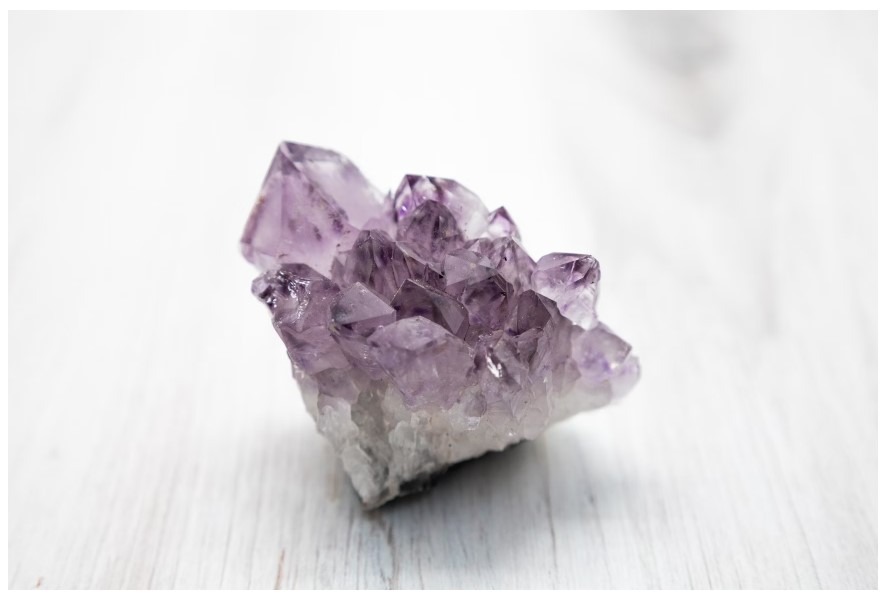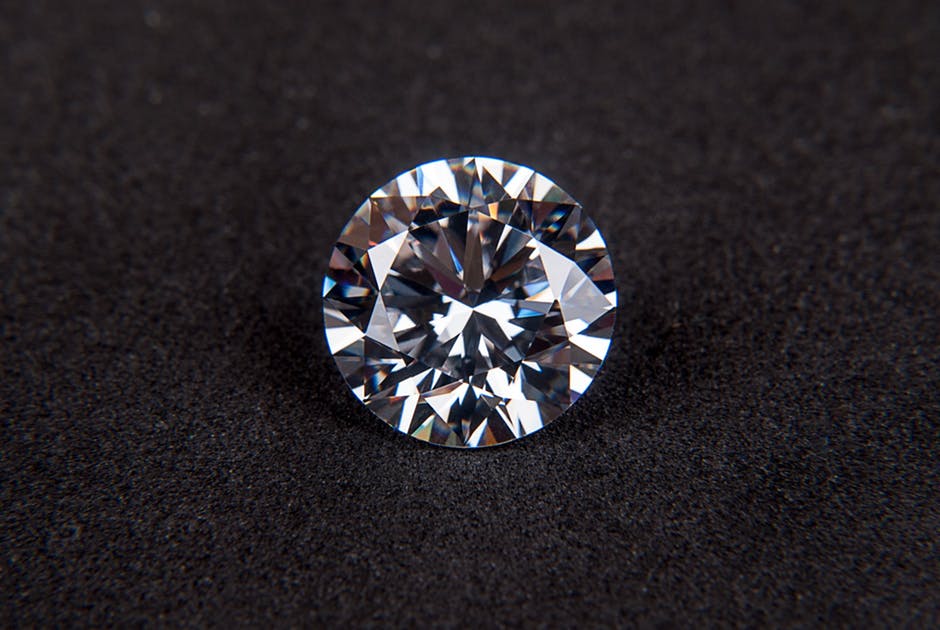So you’ve found the love of your life and decided to spend eternity with her. Now, you’ve got to decide how much your show of love will cost you.
There are many different ways to determine how much you want to spend on a diamond engagement ring. You can simply consult an engagement ring calculator, or read a variety of articles that advise you to consider your finances, partner’s personality, and meaning of the ring.
But once you’ve determined how much you’d like to spend on this once-in-a-lifetime gift, another important question will pop up: How can you get the most bang for your buck?
You can, of course, simply peruse the vast amount of diamond ring offerings out there and hope to find a deal. You may even consider simulant diamonds, like cubic zirconia or synthetic moissanite. Soon you’ll come across lab-grown diamonds, which not only look exactly like mined diamonds but also come with much lower price tags.
But what’s the deal with these diamonds? Are they worth the low cost? Will your significant other notice that her rock was grown in a lab?
Location, Location, Location: Lab-Grown Versus Mined Diamonds
If both a lab-grown and mined diamond were placed in front of you and your special someone, there’s no way either of you could tell which is which. In fact, without special gem-testing instruments, even jewelers can’t tell the difference between the two. Lab-grown and mined diamonds have the same cuts, shine, and colors—in fact, they have the same exact chemical composition.
Then what’s the difference between the two?
It’s all a matter of location and time. Mined diamonds are found deep in the earth because they form about 100 miles below the earth’s surface. Scientists aren’t entirely sure how long it takes the extremely high temperatures and pressure in the earth to create a natural diamond, but most are from one to three billion years old.
On the other hand, lab-grown diamonds are created above the ground. Currently, they can either be grown with the high pressure, high temperature (HPHT) method, or the chemical vapor deposition (CVD) method. The HPHT method mimics the pressure and temperature conditions that a diamond experiences underground. Contrarily, the CVD method involves separating carbon from hydrogen atoms and piling the carbon on top of a diamond seed. These methods take several weeks to over a month—a far cry from billions of years.
Ultimately, the reason mined diamonds are considered different from lab-grown diamonds is the length of time it takes to form them (billions of years versus several weeks) and the location of their creation (deep within the earth versus a lab).
Synthetic, Not Simulants
Some people refer to cubic zirconia or synthetic moissanite rocks as synthetic diamonds, but they’re not even close. They’re imitations or simulants.
Not only do they have a completely different chemical compound from diamonds, but they also have different physical properties. A jeweler can easily spot a simulant, because, they don’t quite look like diamonds. While they may resemble diamonds from a distance, they don’t hold up under close inspection.
To further differentiate simulants and lab-grown diamonds, on July 25, 2018, the Federal Trade Commission (FTC) declared that lab-grown diamonds are officially diamonds. According to the FTC, lab-grown diamonds “have essentially the same optical, physical and chemical properties as mined diamonds. Thus, they are diamonds.”
More Bang For Your Buck
According to Amish Shah, the president of ALTR Created Diamonds, the lab-grown diamond market, which is currently valued at $150 million, is predicted to grow to $1 billion by 2020.
There are a few reasons for this boom, but one of the main reasons is cost; lab-grown diamonds not only look exactly like diamonds but because it costs less to make them in a lab as opposed to mine them, they are far less expensive. In fact, they can cost thirty to forty percent less.
Choosing to go with a lab-grown diamond means you can purchase a far more impressive rock than you could before—while maintaining quality.
Better For Your Wallet And Your Conscience
The diamond industry is fraught with ethical issues, from violent conflicts to substandard mining conditions. Choosing a lab-grown diamond mitigates any ethical concerns one might consider when shopping for a gift meant to express pure love.
Additionally, growing diamonds in labs erases ecological issues, while mining diamonds can create many issues that environmental activists have noted and protested. These harmful issues include ecosystems destroyed in the mining process and hazardous chemicals used around mining sites.
If you or your significant other is concerned with ethics, lab-grown diamonds are undoubtedly the way to go.
At the end of the day, you need to consider your specific situation to decide whether to purchase a diamond made in the ground or above it. But lab-grown diamonds, identical to diamonds in everything but price, creation location, and ethical footprint, are clearly worth your consideration.


